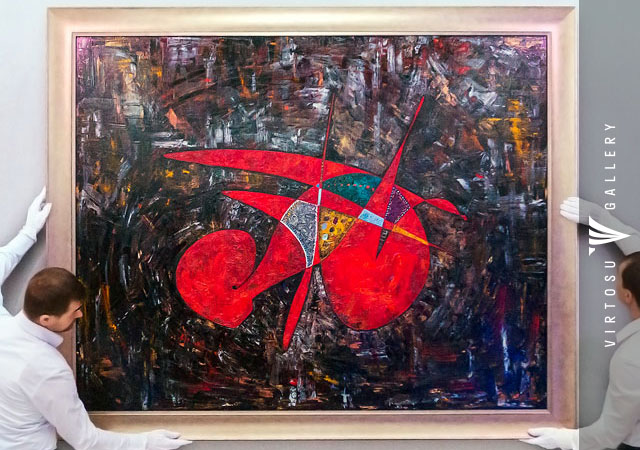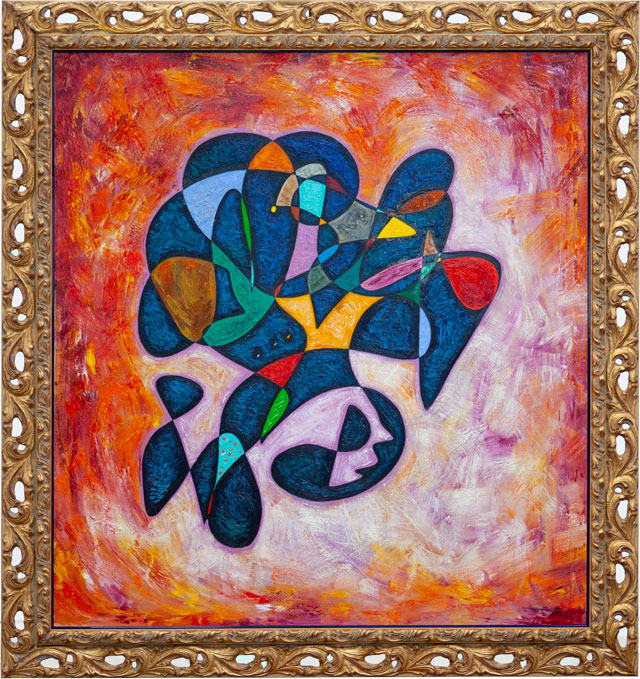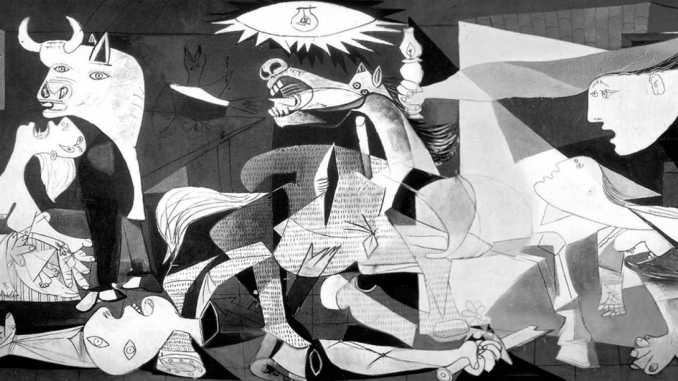- What makes art beautiful? Artistic and Aesthetic
- Why creating art by a common human?

- 16 April '19


by Robert McIntosh
16 April '19What makes art beautiful? Artistic and Aesthetic
Why do people sacrifice their time to go to art galleries? It’s not uncommon to see a person staring at a particular piece for over 30 minutes. So, what is it that makes art beautiful for someone to be willing to spend hundreds, thousands, or even millions on one single piece? Pleasing to the senses, aesthetic contemplation, aesthetic experience?
An attempt to tackle the concept - why creating art by a common human?
We know some who paint because its something they always loved to do, while others create for more personal reasons (i.e., it relaxes them or acts as a release of emotions). Some artists also try to have a higher purpose and make artworks about certain social issues to try to incite change.

So, what makes art beautiful?
One way or another, art will always highlight an aspect of universal being. Whether it is abstract, figurative, design, or any other form of art, social-based art pieces speak to the inner person telling us that there is something behind the scenes that drives everything to perfection. A beautiful piece of art is one that conquers the theme but also pays homage to it.
Art should speak for itself and that’s why when you go to a gallery, you stare at different pieces and let them talk to you, and that is the true beauty of art, the potential to communicate without using any words. However for less confusion and manipulation, one has to learn the basics of seeing art.
Ask yourself if the work epitomizes the artist's style. Such pieces create visual oneness for the entire art piece.
The spirit of art prevails not only in the artists' workshop, art gallery, or museum, but is also to permeate every other human interest and enterprise. The message of art to society is contained in the following words - Aesthetics.

Shockingly, there is still an almost universal failure to recognize the significant distinction between the artistic and the aesthetic. It is surprising because when it is pointed out, the distinction is immediately obvious; the differences are often so significant that it is bizarre to regard the artistic as of the same kind as the aesthetic. Because of the widespread, traditional, and unquestioned assumption by philosophers and other theorists over centuries, I too accepted it at first. But then, one day, it struck me how absurd it is to regard them as synonymous, or, at least, to consider the artistic as a species of the aesthetic. It should have been obvious for years that they are quite different.
Aesthetics is the field of philosophy that deals with the nature and appreciation of art, beauty, and taste. Aesthetics is central to any exploration of art. The word 'aesthetic' has provenance derived from the Greek "aisthetikos," meaning "esthetic, sensitive, or sentient. Practically, the aesthetic judgment refers to the sensory contemplation or appreciation of an object, while artistic judgment refers to the recognition, appreciation, and criticism of an artwork.
Sometimes beauty is not the artist's ultimate goal. Art is intended to appeal and connect with human emotion. Artists may express something so that their audience is stimulated in some way—creating feelings, religious faith, curiosity, interest, identification with a group, memories, thoughts, or creativity.

